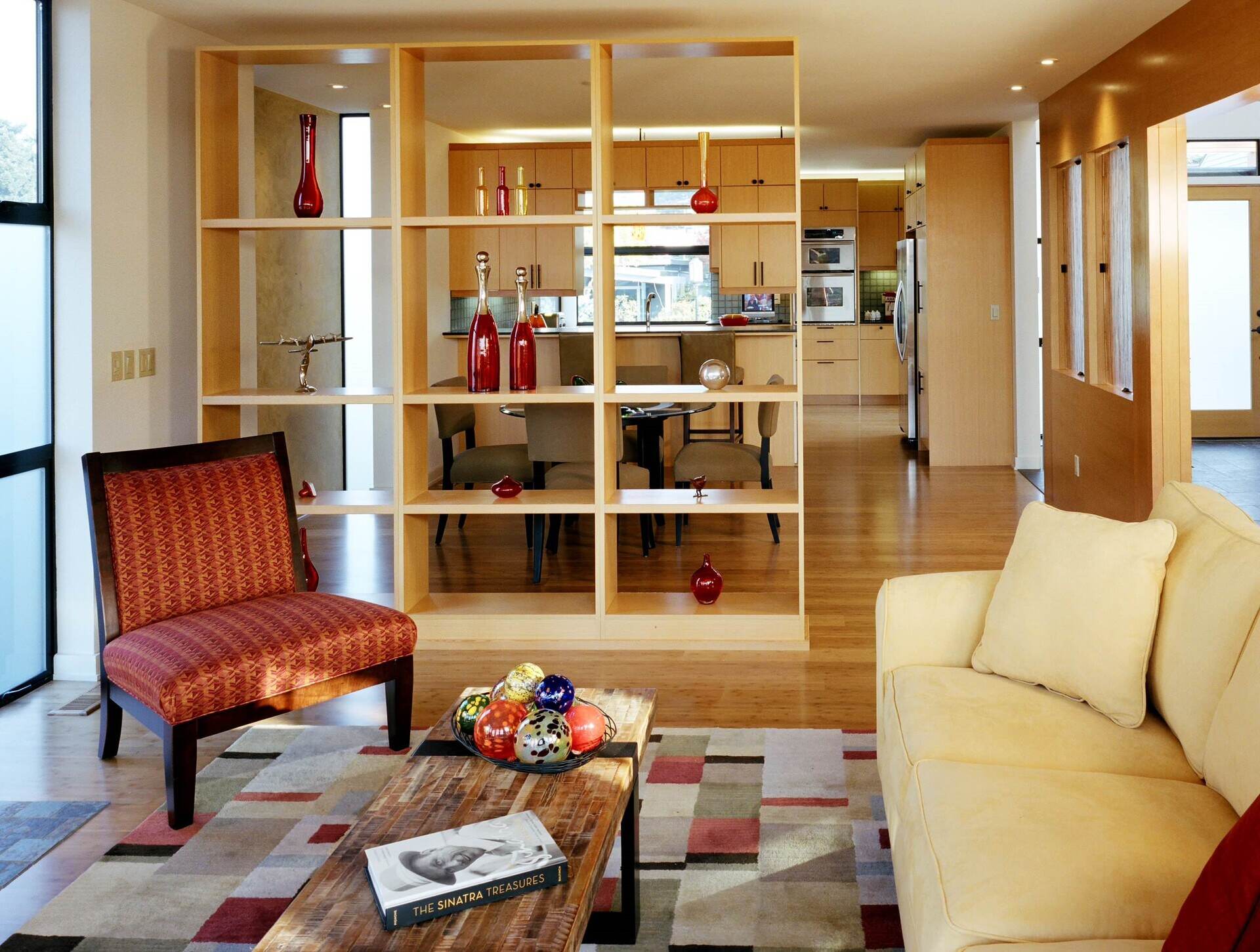

Articles
How To Divide Living Room
Modified: February 24, 2024
Learn how to efficiently divide your living room with these helpful articles. Discover creative ideas and practical tips for optimizing your living space.
(Many of the links in this article redirect to a specific reviewed product. Your purchase of these products through affiliate links helps to generate commission for Storables.com, at no extra cost. Learn more)
Introduction
When it comes to designing a living room, there may be various reasons why you would want to divide the space. Whether you live in a small apartment and need to create distinct areas or you simply want to add some visual separation, dividing your living room can provide both functional and aesthetic benefits. In this article, we will explore different methods and strategies to divide your living room effectively.
Dividing your living room can help create different functional areas, provide privacy, and enhance the overall organization and flow of the space. However, it’s essential to approach this task with careful consideration to ensure that the division is not only functional but also visually appealing and cohesive with the rest of the room’s design.
In the following sections, we will guide you through the process of assessing your living room space, determining functional areas, creating physical dividers, utilizing furniture placement, incorporating decorative elements, maximizing storage solutions, and maintaining visual cohesion. By the end of this article, you will have a wealth of ideas and practical tips to transform your living room into a well-divided and stylish space.
Key Takeaways:
- Divide your living room effectively by assessing space, determining functional areas, and using physical dividers, furniture placement, decorative elements, storage solutions, and visual cohesion for a harmonious and stylish result.
- Transform your living room into distinct functional areas by incorporating physical dividers, furniture placement, decorative elements, and storage solutions while maintaining visual cohesion for a balanced and aesthetically pleasing space.
Read more: How To Divide A Living Room And Dining Room
Assessing the Living Room Space
The first step in dividing your living room is to assess the available space. Start by taking measurements of the entire room, noting the dimensions and layout. Understanding the proportions of your living room will help you make informed decisions about the division and placement of furniture and other elements.
Next, consider the overall functionality of the room. Think about how you currently use the space and how you would like to divide it. Do you want a separate area for entertaining guests? Or perhaps a cozy corner for reading and relaxation? By identifying the specific purposes you want your divided living room to serve, you can determine the best way to allocate the space.
Take into account any architectural features of the room, such as windows, doors, or columns. These elements can influence the placement of dividers and furniture. Additionally, consider the lighting in the room. Natural light sources and existing light fixtures may affect how you divide the space and the atmosphere you want to create.
Lastly, assess the traffic flow in your living room. Take note of the main pathways and consider how they intersect with the divided areas. It is essential to maintain a smooth flow throughout the room while ensuring that each divided section is easily accessible.
By thoroughly assessing your living room space, you will be able to make informed decisions about dividing it in a way that maximizes functionality and enhances the overall design.
Determining Functional Areas
Once you have assessed your living room space, the next step is to determine the specific functional areas you want to create. This will help you allocate the space accordingly and ensure that each area serves its intended purpose.
Start by identifying the primary activities that you want to accommodate in your living room. Common functional areas in a living room may include a seating area for entertaining guests, a media area for watching television or movies, a workspace for remote work or study, a reading nook, or a play area for children.
Consider your lifestyle, hobbies, and the needs of your household when determining the functional areas. It’s important to prioritize the areas that will be used most frequently and allocate more space to them. If you have limited space, you may need to combine certain functions or opt for multifunctional furniture pieces.
One essential aspect to keep in mind is functionality versus aesthetics. While you want each functional area to be visually appealing, it’s crucial to strike a balance and ensure that the space remains practical. Take into account the furniture and storage requirements of each area, as well as the accessibility and comfort of the users.
Remember that the division of your living room should be tailored to your specific needs and preferences. It should reflect your lifestyle and enhance the functionality of your space. By determining the functional areas you want to create, you can move on to the next step of implementing the division strategies.
Creating Physical Dividers
When it comes to dividing your living room, physical dividers can be a practical and visually appealing solution. Physical dividers can create defined boundaries between different functional areas, providing privacy and separation without completely closing off the space.
One option for creating physical dividers is to use room dividers or screens. These come in various styles, materials, and sizes, allowing you to choose one that complements your living room’s aesthetic. Room dividers can be portable, making them flexible for rearranging the space as needed. They can be placed strategically to visually separate different areas while still allowing light and airflow to pass through.
Another option for physical dividers is to utilize curtains or drapes. Hanging curtains from the ceiling or installing a curtain rod can create a temporary partition, giving the illusion of separate spaces. Curtains offer flexibility in terms of adjusting the division as desired and can add a touch of elegance to your living room.
If you prefer a more permanent solution, you can consider installing a half wall or a partial partition that reaches a certain height. This can be made of various materials such as wood, glass, or even shelving units. These dividers offer both physical separation and additional storage or display options.
For those who prefer an open and airy feel in their living room, using furniture as dividers can be an excellent choice. Placing a bookshelf or a low cabinet strategically can visually divide the space while providing storage possibilities. Additionally, using a sofa or a sectional with its back facing the rest of the room can create a subtle division between two areas.
When creating physical dividers, it’s important to keep the scale and proportion of the room in mind. Ensure that the dividers don’t overpower the space or impede the flow of natural light. Experiment with different options and configurations to find the best solution that suits both the functionality and aesthetics of your living room.
Utilizing Furniture Placement
Furniture placement is a powerful tool when it comes to dividing your living room effectively. By arranging your furniture thoughtfully, you can create distinct zones within the space while maintaining an overall sense of cohesion.
One of the simplest ways to divide your living room is by arranging your furniture in groups. Create separate seating areas by grouping sofas, chairs, and coffee tables together. This can help differentiate spaces for conversation, relaxation, and entertainment. Use rugs to anchor each seating area and further visually separate them.
If you have a larger living room, consider using an L-shaped or sectional sofa to create a natural division between different functional areas. Position the sofa in such a way that it serves as a boundary marker, separating the seating area from other zones like a workspace or a reading nook.
Another effective furniture placement technique is to create a focal point in each functional area. This can be achieved through the use of a TV console for the media area, a desk or a table for the workspace, or a cozy armchair and a floor lamp for the reading nook. By placing furniture strategically, you draw attention to each specific area and further define its purpose.
Consider the flow of movement in your living room when determining furniture placement. Leave enough space for walkways between furniture groupings, ensuring that there is a clear path to navigate between the divided areas. This will enhance the functionality and accessibility of your living room.
When dividing your living room with furniture, keep in mind that versatility and adaptability are key. Arrange your furniture in a way that allows for easy reconfiguration and flexibility. This will enable you to adjust and adapt the division as your needs and preferences change over time.
By strategically utilizing furniture placement, you can visually separate different functional areas in your living room while maintaining a cohesive and inviting space.
When dividing a living room, consider using furniture such as bookshelves, screens, or room dividers to create separate zones for different activities while maintaining an open and cohesive feel in the space.
Read more: How To Divide Living And Dining Room
Incorporating Decorative Elements
Dividing your living room doesn’t have to be purely functional. It’s an opportunity to infuse your space with style and personality. Incorporating decorative elements can not only enhance the visual appeal of your living room but also contribute to the overall division of the space.
One decorative element that can serve as a beautiful divider is a large indoor plant. Placing a tall plant or a cluster of potted plants strategically can create a natural separation between different areas of your living room. Not only do plants add a touch of greenery and freshness to the room, but they also bring a sense of life and tranquility.
Another decorative element to consider is the use of rugs. Rugs can be used to visually define different functional areas within your living room. Choose rugs with distinct patterns or colors that complement each zone. This not only adds a decorative touch but also helps anchor the furniture placement and demarcate the boundaries.
Wall art is another fantastic way to divide your living room while showcasing your personal style. Hang a large, eye-catching painting or gallery wall between different functional areas to create a clear visual separation. This not only adds a decorative element but also serves as a conversation starter and focal point in each area.
Using decorative screens or hanging tapestries can add a touch of elegance and intrigue to your divided living room. Select screens or tapestries that align with your personal taste and the overall design theme of your living room. These aesthetic elements can help create a sense of privacy and separation while adding texture and visual interest to the space.
Additionally, you can play with lighting to further accentuate the division in your living room. Use hanging pendant lights or floor lamps to create soft zones of light in different areas. Dimmers can also be utilized to adjust the intensity of the light, allowing you to set the mood for each functional area.
When incorporating decorative elements, keep in mind that they should complement the overall design and style of your living room. Aim for a cohesive and harmonious look that ties everything together while still providing distinct division between the different areas.
By purposefully incorporating decorative elements, you can achieve a visually stunning and well-divided living room that reflects your personal style and enhances the overall ambiance.
Maximizing Storage Solutions
When dividing your living room, it’s essential to optimize the available space and ensure efficient storage solutions. By maximizing storage options, you can keep the divided areas organized and clutter-free, enhancing the functionality and aesthetics of your living room.
One effective storage solution is to utilize modular shelving units or bookcases. These versatile pieces of furniture can not only serve as dividers but also provide ample storage space for books, decorative items, and other belongings. Position them strategically to create separate zones while adding a stylish and functional element to the room.
For smaller living rooms, consider furniture pieces with built-in storage compartments. Coffee tables with hidden storage or ottomans with removable tops can provide a convenient place to store items such as blankets, magazines, and remote controls. This helps keep the area tidy while maximizing the use of space.
Another clever storage solution is to utilize vertical space. Install shelves or cabinets above eye level to store less frequently used items or display decorative pieces. By using the vertical wall space, you can keep the divided areas clutter-free and make the most of the available square footage.
Don’t forget about utilizing the space under seating furniture. Choose sofas or ottomans with built-in storage compartments, allowing you to store items like additional pillows, throws, or even board games. This hidden storage not only keeps the living room organized but also maximizes the functionality of your furniture.
Consider incorporating storage baskets or bins that can fit underneath shelves or coffee tables. These can be used to store miscellaneous items, toys, or magazines, keeping the divided areas tidy and free from clutter. Opt for decorative baskets that suit the overall design of your living room, adding a touch of style to the storage solution.
Lastly, think about creative ways to maximize wall space for storage purposes. Hang wall-mounted organizers, hooks, or floating shelves to store smaller items like keys, headphones, or sunglasses. This not only keeps your belongings within reach but also adds visual interest to the walls.
By implementing effective storage solutions, you can keep your divided living room organized and clutter-free, maximizing the functionality of each area. Remember to choose storage solutions that blend seamlessly with the overall design and add to the aesthetic appeal of your living room.
Maintaining Visual Cohesion
While dividing your living room into distinct functional areas, it’s crucial to maintain visual cohesion throughout the space. Visual cohesion ensures that the divided areas complement each other and create a harmonious overall look. Here are some tips to help you achieve visual cohesion:
Consistent Color Scheme: Choose a color scheme that flows seamlessly throughout the divided areas. This doesn’t mean that every area needs to have the exact same color palette, but aim for colors that complement each other and create a cohesive visual transition. Use accent colors or patterns to tie the different areas together.
Coordinated Furniture: Select furniture pieces that coordinate well with each other in terms of style, color, and scale. Make sure that the furniture choices in each area complement the overall theme of your living room. This helps create a cohesive visual flow and prevents the divided areas from feeling disjointed.
Continuity in Flooring: Consider using the same or similar flooring throughout the living room space to maintain a sense of unity. If using different flooring materials, ensure that they complement each other and create a smooth transition between the divided areas.
Visual Flow: Pay attention to the visual flow in your living room. Arrange furniture and decorative elements in a way that guides the eyes from one area to another seamlessly. Avoid blocking sightlines or creating visual barriers that disrupt the overall flow and cohesiveness.
Pattern and Texture Harmony: Use patterns and textures to create harmony between the divided areas. Coordinate patterns on curtains, rugs, and throw pillows to tie the different zones together. You can also incorporate similar textures or materials within each area to create a cohesive look.
Balance and Symmetry: Strive for visual balance and symmetry in your living room divisions. Ensure that each area feels proportionate and well-balanced in relation to the other zones. This creates a sense of harmony and avoids visual imbalance.
Consistent Lighting: Pay attention to lighting throughout the divided areas. Use consistent lighting fixtures or styles to create a cohesive atmosphere. Consider incorporating dimmers to allow for different lighting moods in each functional zone.
By keeping these principles in mind, you can maintain visual cohesion in your divided living room, creating a harmonious and aesthetically pleasing space that seamlessly transitions between different functional areas.
Conclusion
Dividing your living room can be a transformative process that enhances both the functionality and aesthetics of the space. By carefully assessing your living room’s layout and considering your specific needs, you can create distinct functional areas that serve different purposes while maintaining a cohesive visual flow.
Throughout this article, we explored various methods and strategies for dividing your living room effectively. By utilizing physical dividers such as room dividers, curtains, or furniture placement, you can visually separate different zones within your living room. Incorporating decorative elements like plants, rugs, art, and lighting adds a personal touch and enhances the division.
Maximizing storage solutions ensures that each area remains organized and clutter-free, while maintaining visual cohesion is crucial for a balanced and harmonious overall look. By implementing these strategies, you can achieve a well-divided living room that suits your lifestyle, reflects your personal style, and optimizes the use of space.
Remember, as you embark on dividing your living room, it’s important to strike a balance between functionality and aesthetics. Each divided area should serve its intended purpose while contributing to the overall design and atmosphere of the room.
Take the time to assess your living room space, determine functional areas, create physical dividers, utilize furniture placement, incorporate decorative elements, maximize storage solutions, and maintain visual cohesion. With careful consideration and creativity, your divided living room will become a welcoming and harmonious space that meets your needs and delights your senses.
So go ahead, take the first step in transforming your living room into a well-divided and stylish haven that you and your loved ones can enjoy for years to come.
Frequently Asked Questions about How To Divide Living Room
Was this page helpful?
At Storables.com, we guarantee accurate and reliable information. Our content, validated by Expert Board Contributors, is crafted following stringent Editorial Policies. We're committed to providing you with well-researched, expert-backed insights for all your informational needs.
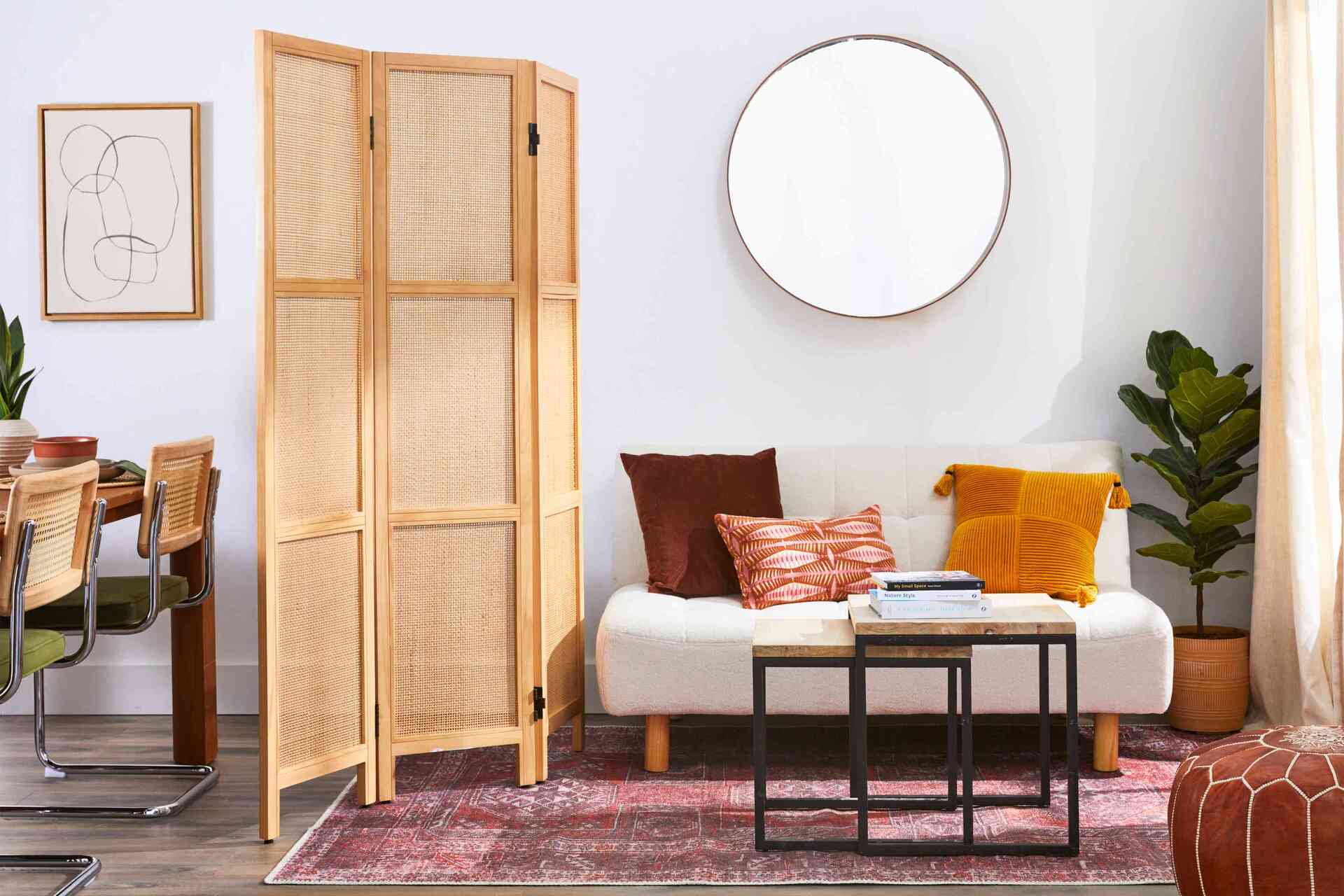
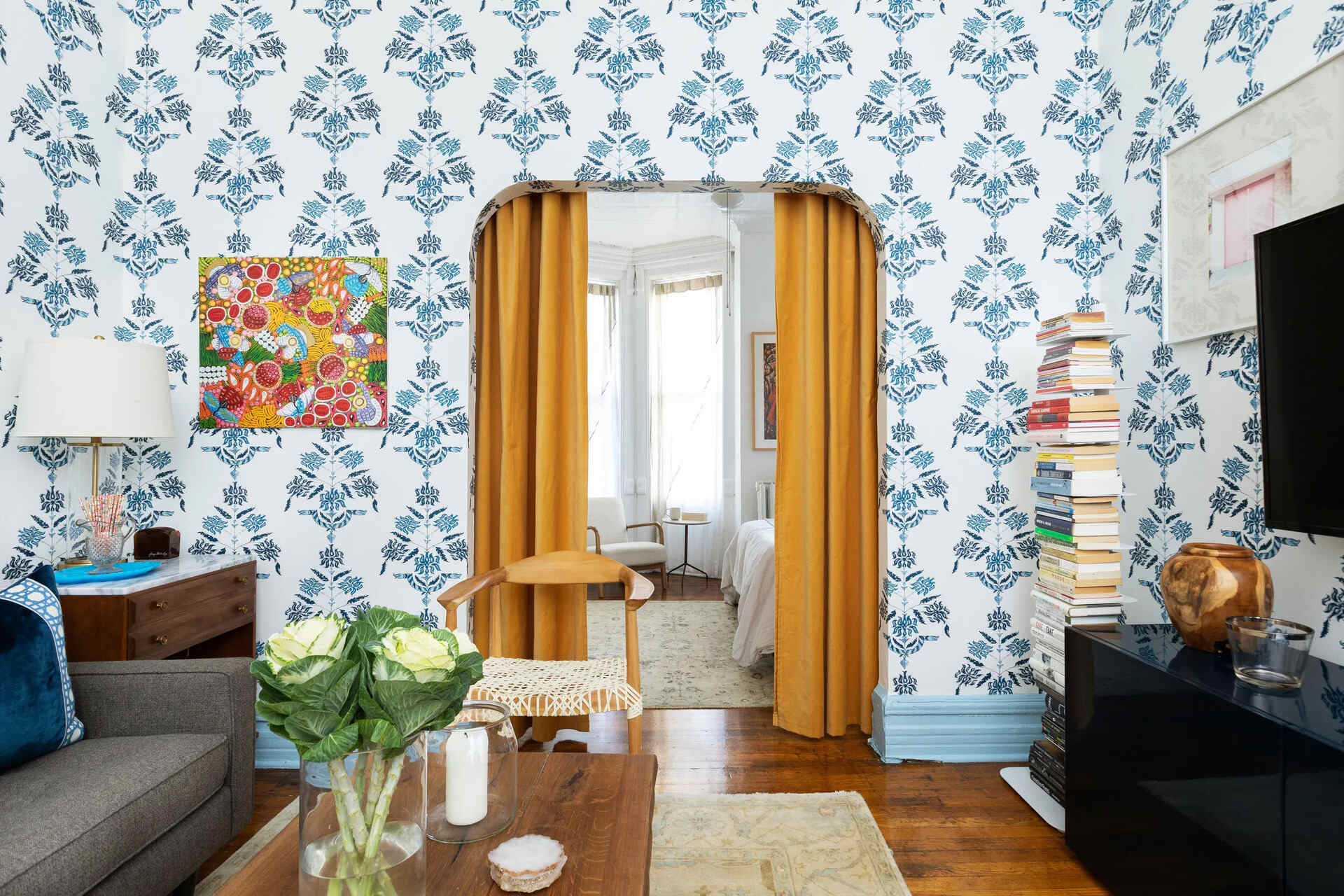
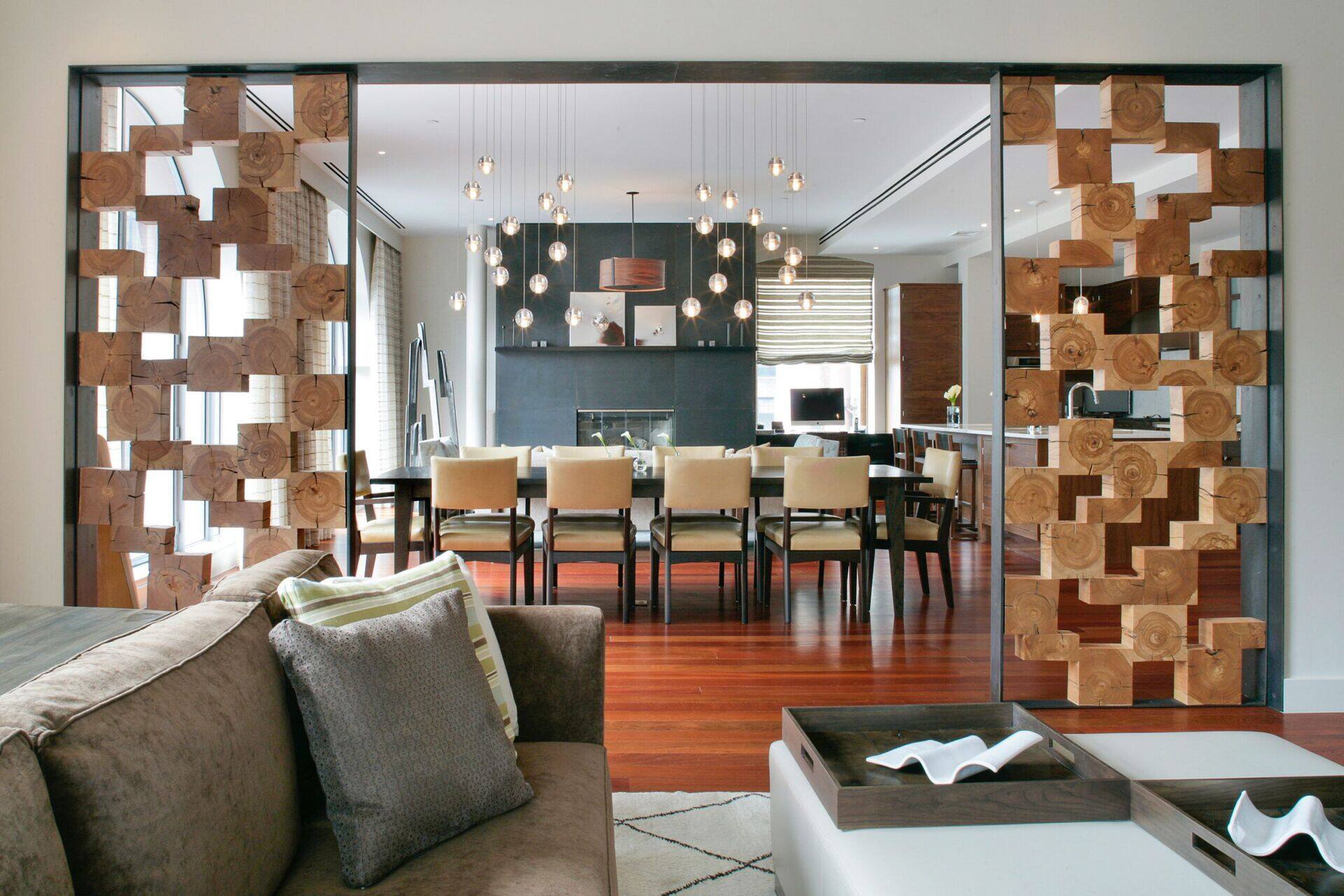
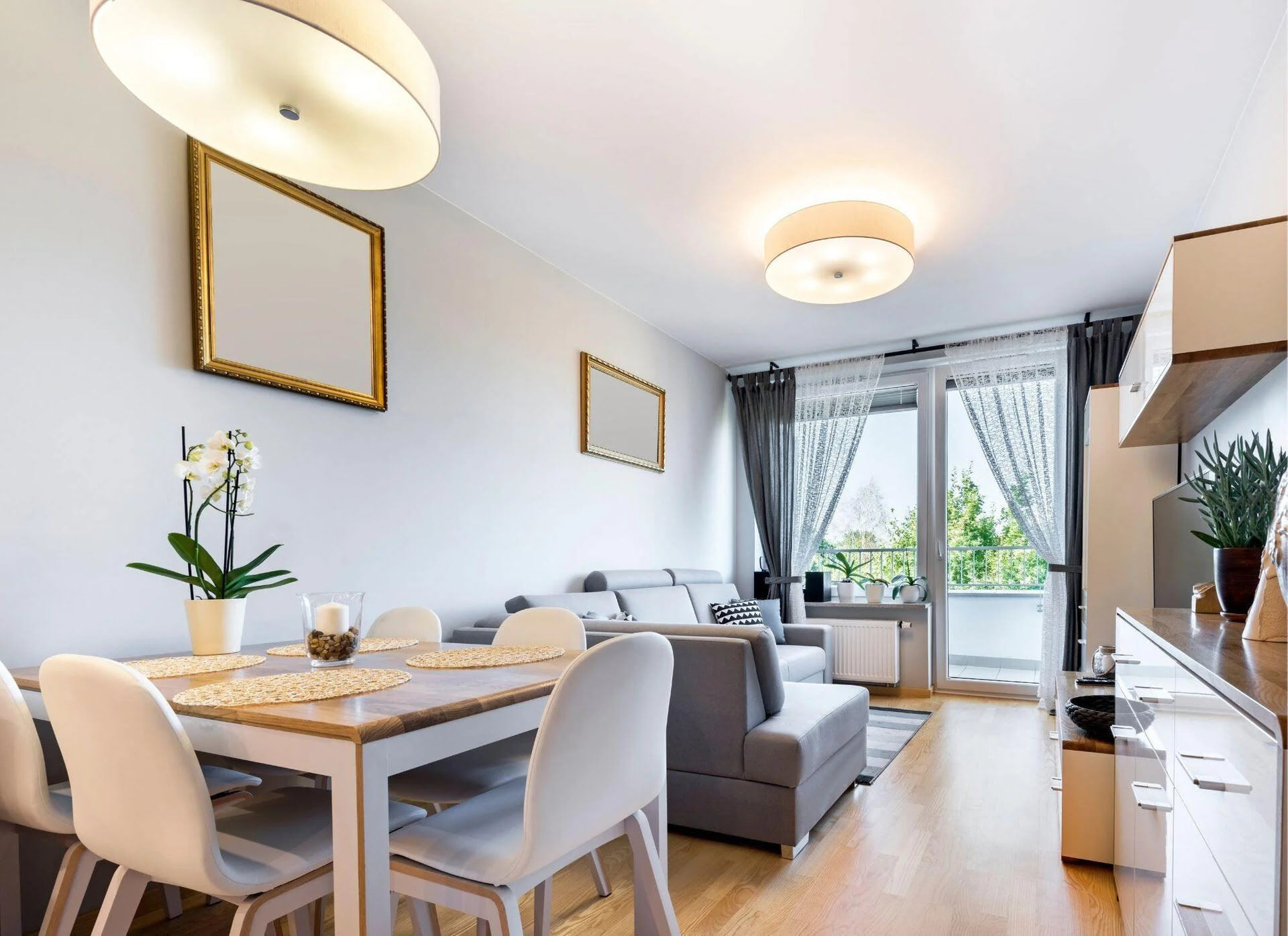
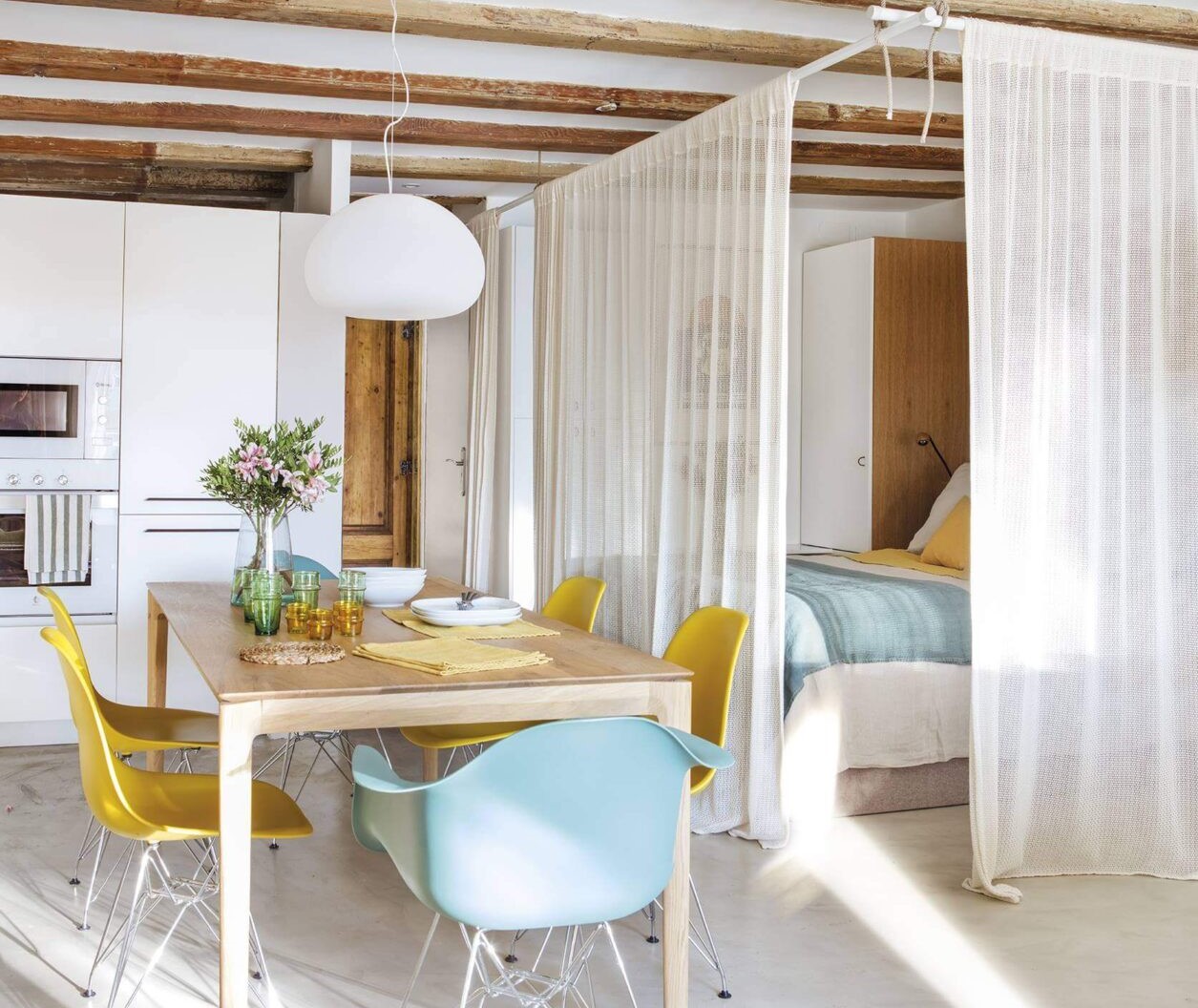
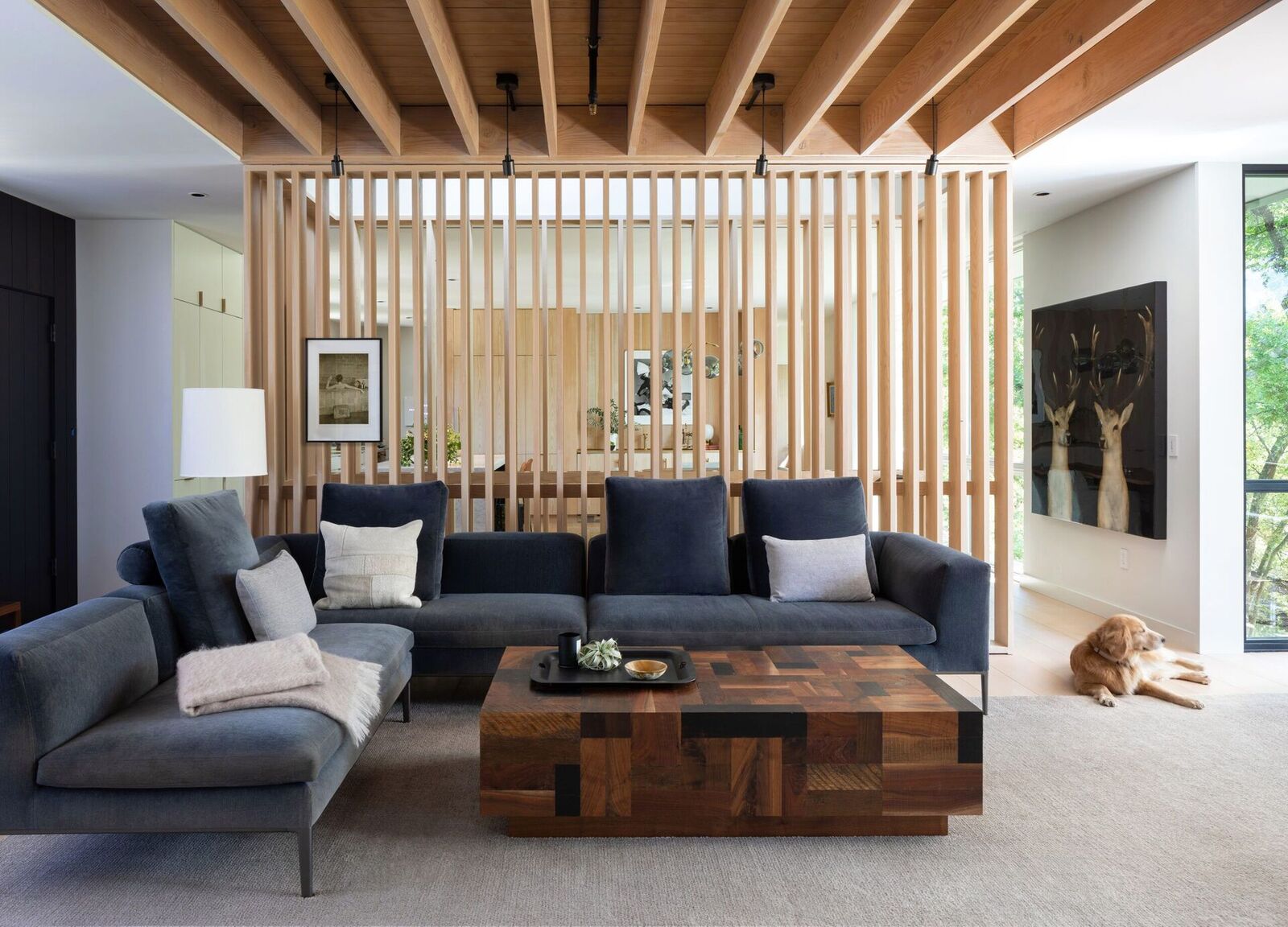
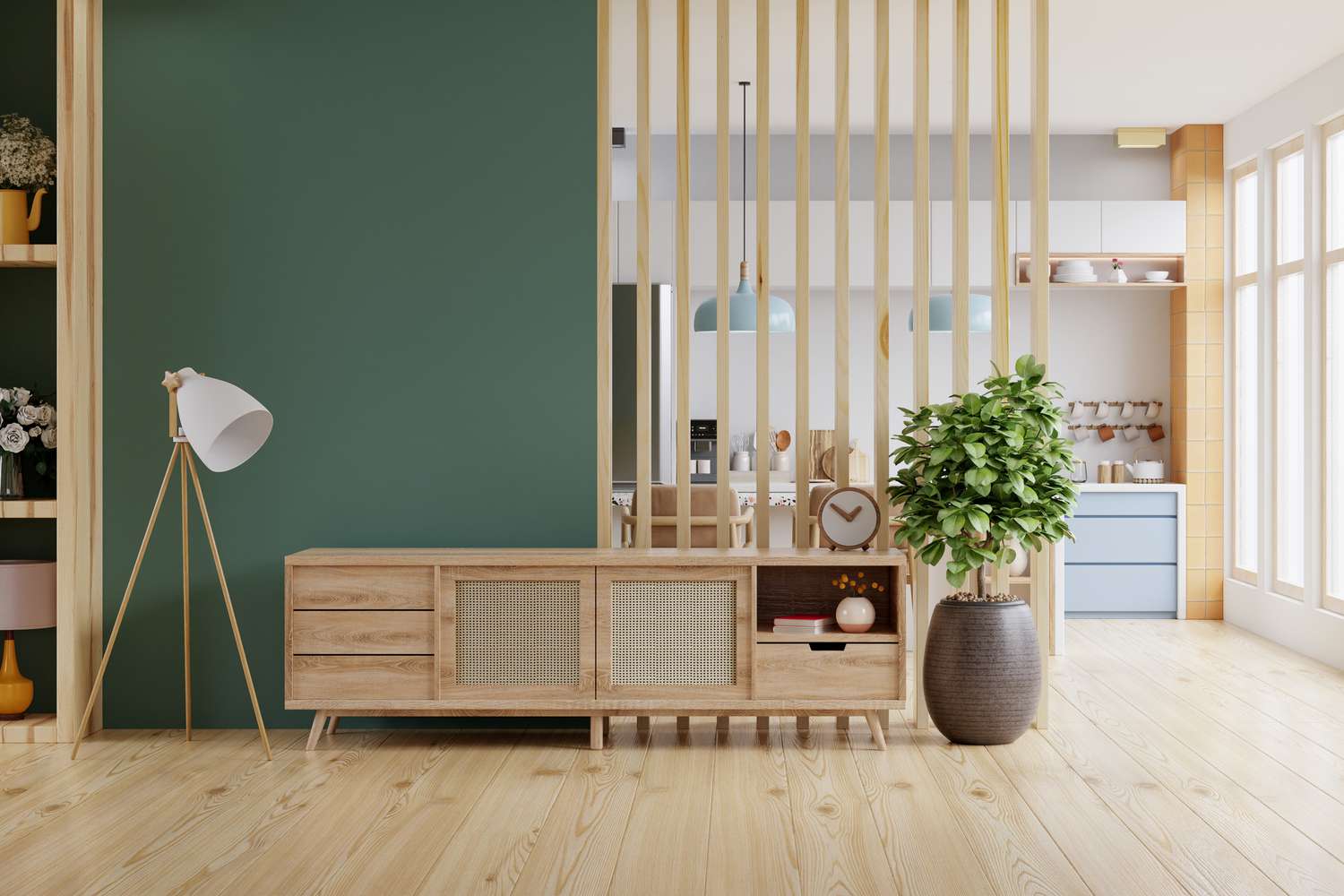
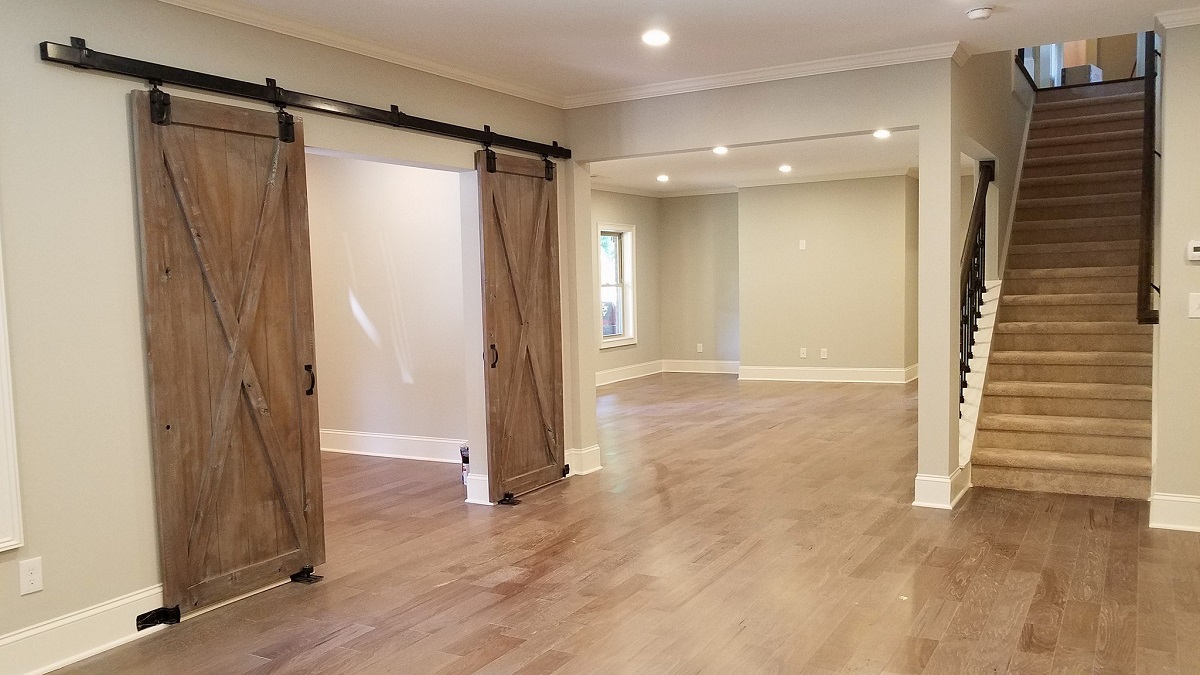
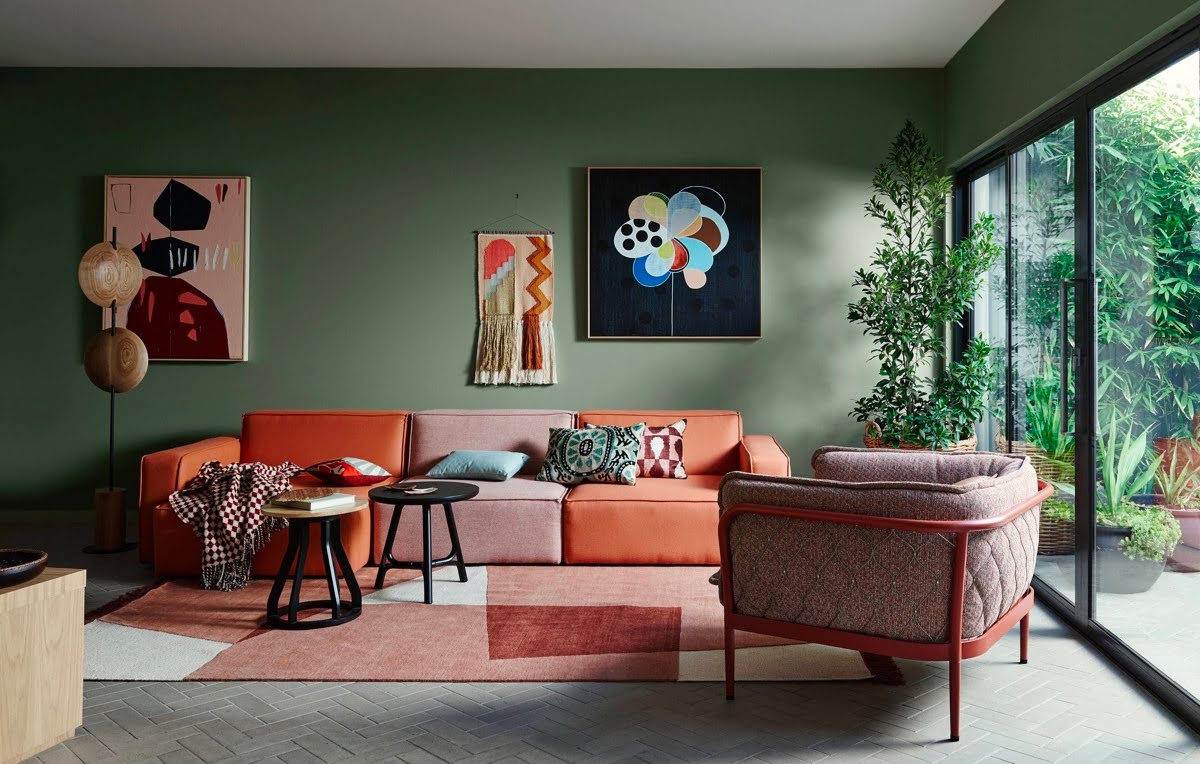
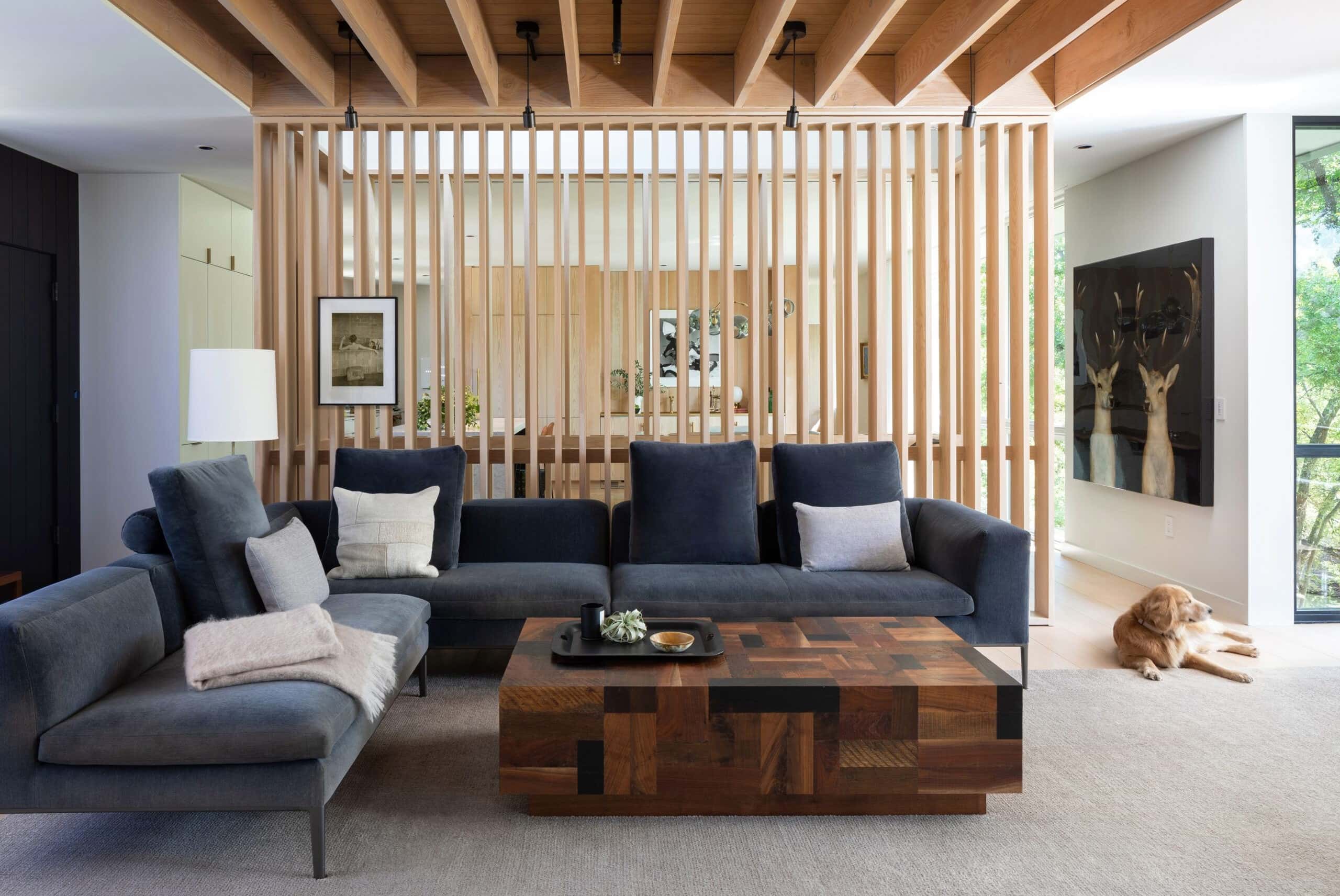
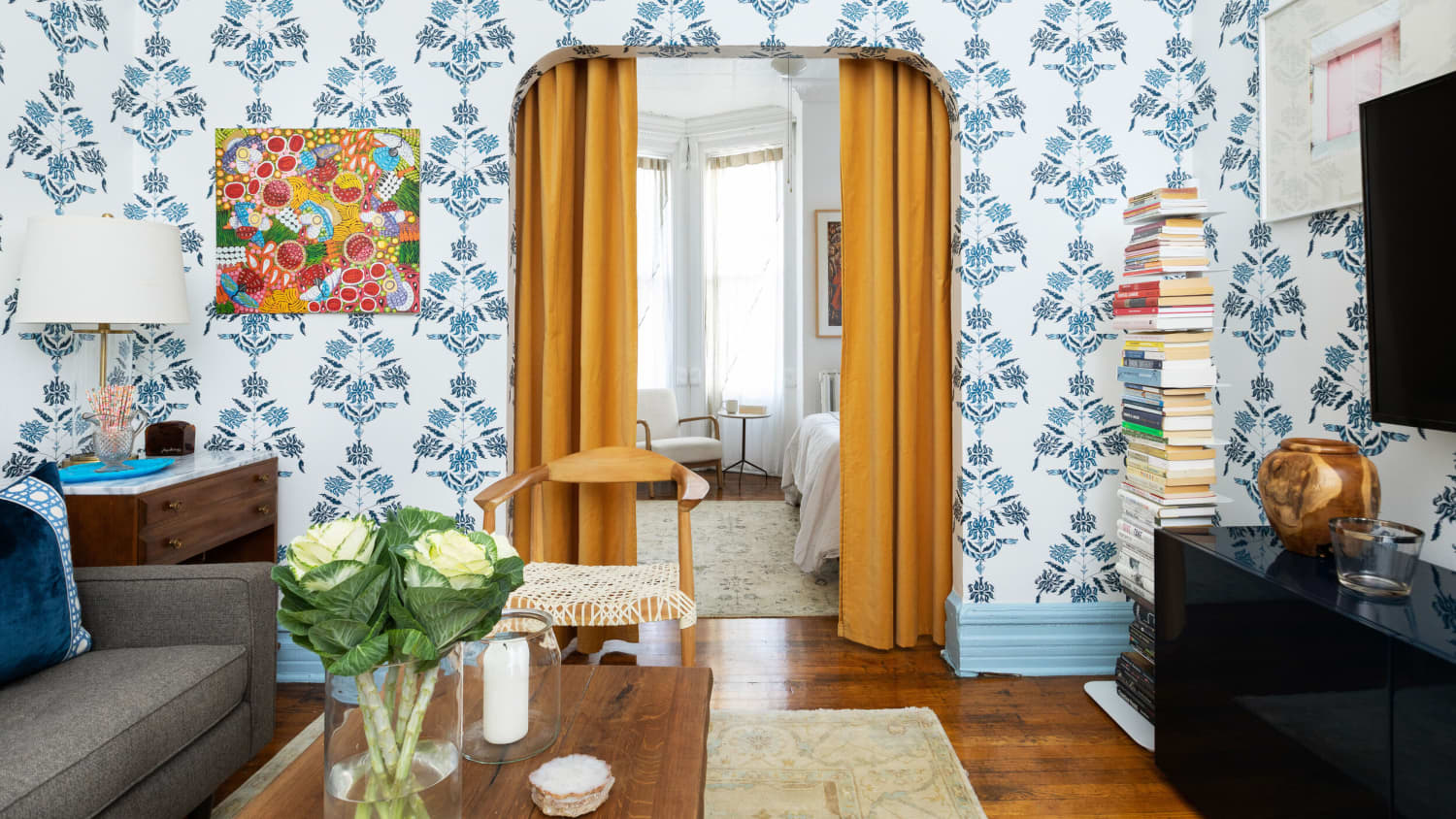
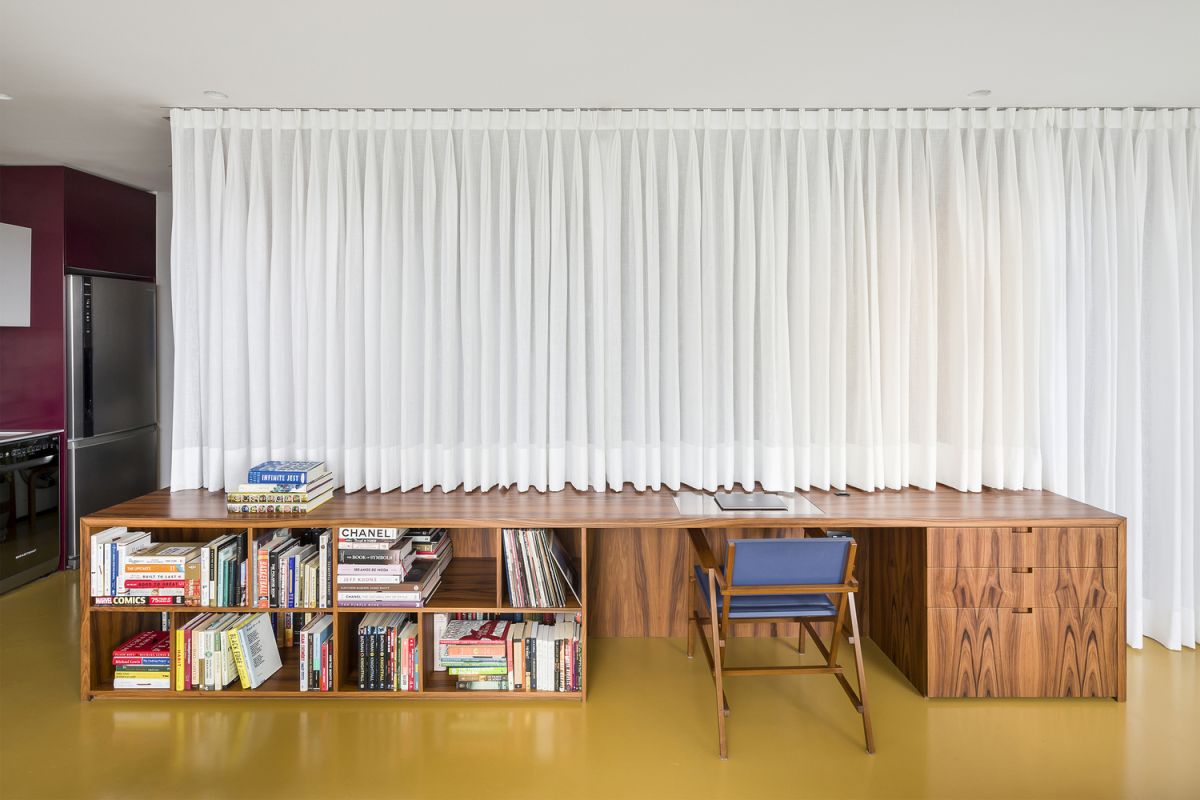
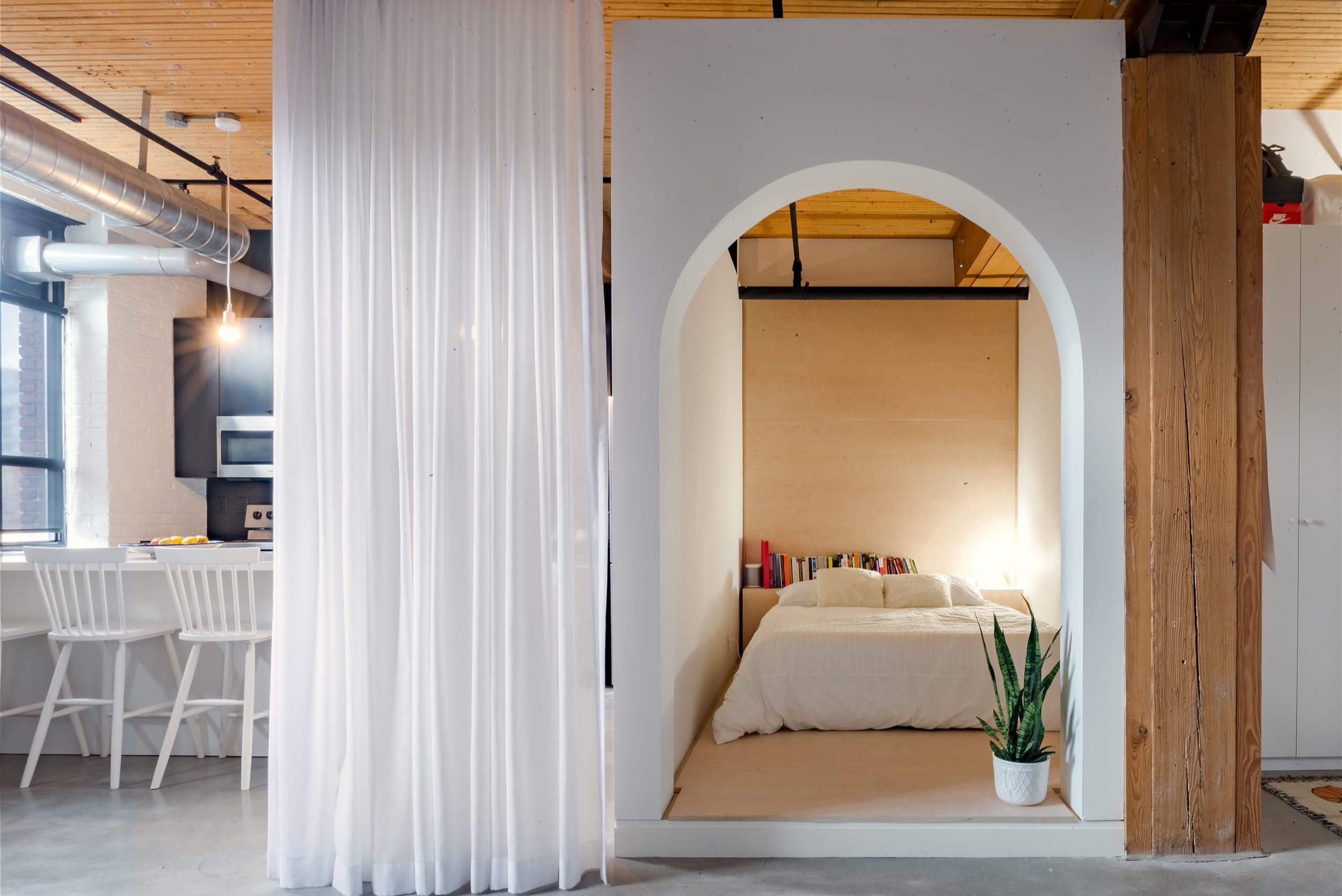
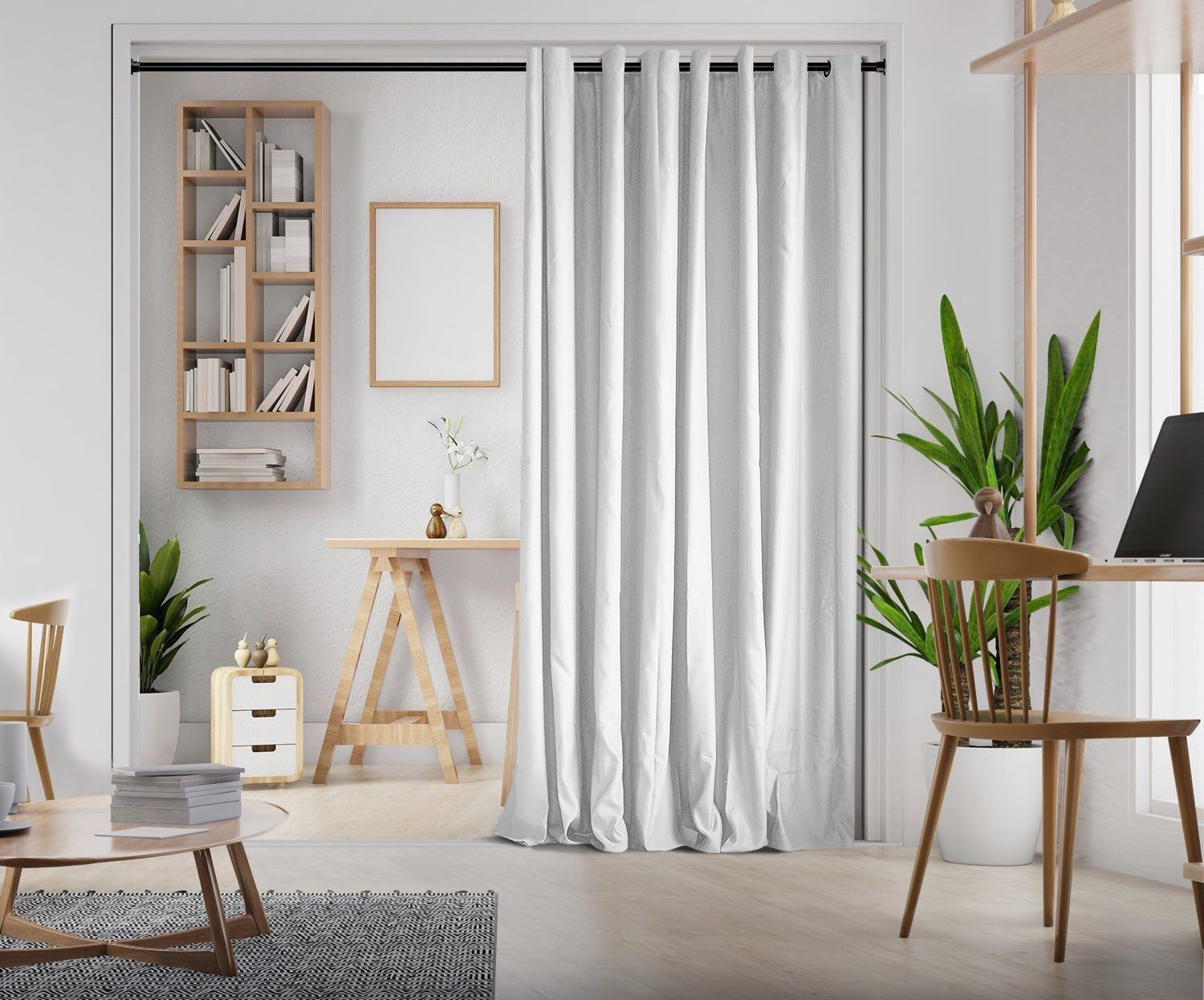

0 thoughts on “How To Divide Living Room”